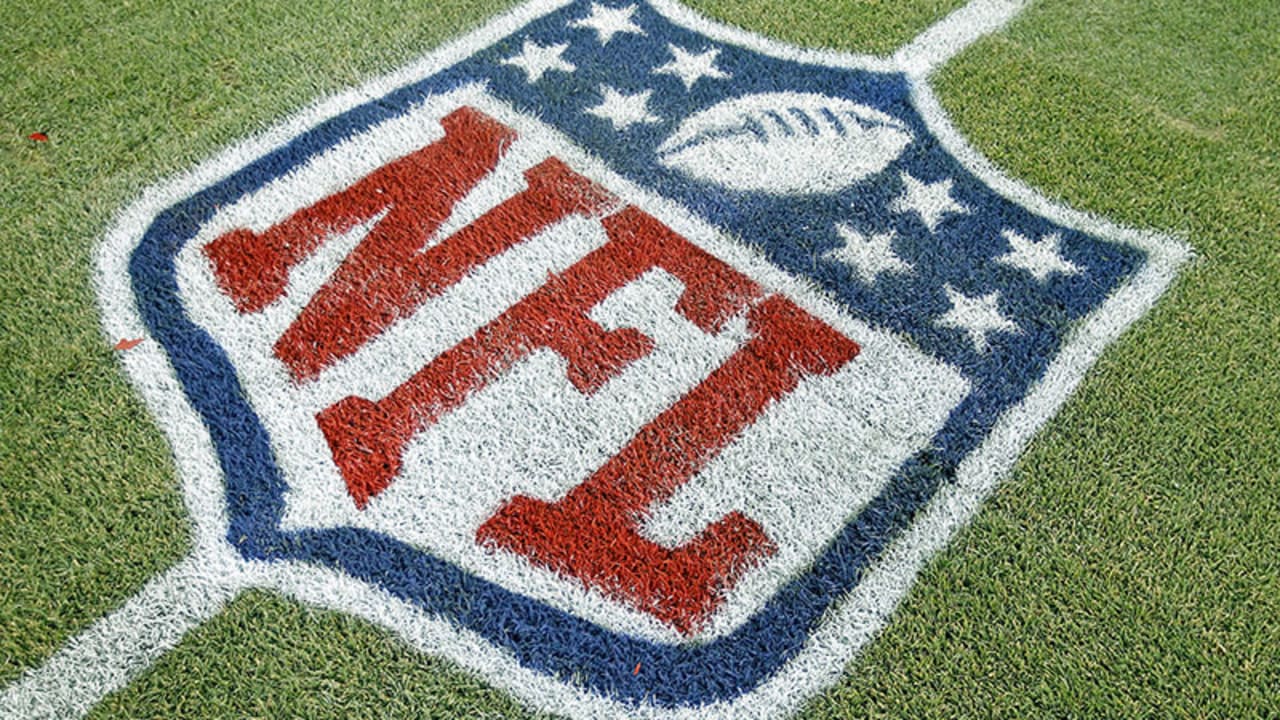
IMPORTANT CONTRACT TERMS
Formally known as “Paragraph 5” salary due to its place in a standard NFL Player Contract, it is the compensation a player receives during the regular season. The collective bargaining agreement set league minimums for base salaries. A player’s “game check” is 1/17th of his base salary in a 16-game season (1/18th in a 17-game season). When a player is suspended for a game, he forfeits 1/17th of his base salary.
In 2020 and in the Final League Year (2030), players will be paid 100 percent of their base salary in weekly or bi-weekly amounts. This changes from 2021-2029 when players will be paid 50 percent of their salary over the course of a period that is double the number of weeks the player is eligible to be paid for (i.e. in an 17-week regular season, he would be paid over a 34-week period).
Money earned by a player for signing his contract. Typically paid out within the first 12-18 months. Prorated against the salary cap for the life of the contract (five-season maximum). This is how the Lions could afford to give Matthew Stafford a $50 million signing bonus in 2017. For cap purposes, Stafford’s signing bonus counts for $10 million against the Lions’ salary cap for each of the first five seasons of his contract.
Compensation earned by remaining on a team’s roster on a certain date. Roster bonuses count in full against the salary cap in the season in which they are earned, unless fully guaranteed at signing. They are used to avoid signing-bonus proration, which pushes dead money into the future.
A roster bonus awarded on a per-game basis for being on the team’s gameday (47 or 48-man) roster (“Active List”) or its active (53-man) roster (“Active/Inactive List”), which varies by contract. For example, in a 16-game season, a player with a $1.6 million per-game roster bonus for being on the gameday roster would earn $100,000 for each game he is active. Any previous contract clauses for 46- and 53-man per-game roster bonuses will be amended to reflect the new roster sizes.
Gives a team (or, at times, a player) the ability to exercise the current or future years of the contract by paying a bonus. Prorated over the life of the contract (like a signing bonus, up to a max of five seasons).
Compensation for attending an agreed-upon percentage of the offseason workouts. No workout bonus can require participation in beyond 84.375 percent of the team’s scheduled workouts (i.e. a player can miss five of 32 scheduled workouts and still receive his bonus.
Earned by reporting to team activities by a specified date.
Incentives in a player contract are limited to the list provided in Exhibits A-C in Article 13 Section 6 of the NFL’s collective bargaining agreement (page 116-119).
Player incentives are considered “likely to be earned” (LTBE) or “not likely to be earned” (NLTBE) based on the player or team’s prior-year performance.
For example, if a player has a $500,000 incentive for accumulating 1,000+ rush yards in the upcoming season and he had 1,000+ rush yards the previous season, the incentive is considered LTBE. If he did not record 1,000+ rush yards in the previous season, the incentive is considered NLTBE.
Except in certain circumstances, LTBE incentives count against the team’s salary cap in the current season, and NLTBE incentives do not count against a team’s current year’s cap. Except in rare cases, unearned LTBE incentives are credited to the following season’s salary cap, while earned NLTBE incentives are charged against the following season’s salary cap.
A salary escalator is similar to an incentive in that it is triggered by attaining certain performance thresholds. However, the extra money is not always guaranteed to be received.
An earned escalator translates into a raise in a future year(s) of the contract. If the escalator applies to a non-guaranteed season and the player is released prior to it, he would not receive the benefit of his escalator. Contracts can also contain de-escalators that lower a player’s salary for failing to reach performance measures.
Refers to salary a team has already paid or has committed to paying (i.e., a signing bonus, fully guaranteed base salaries, earned bonuses, etc.) but has not been charged against the salary cap.
In business terms, it is essentially a “sunk cost.” Any money a team pays a player must be accounted for against the salary cap. If there is dead money in a player’s contract and he is released or retires, that charge will accelerate onto the team’s salary cap for the current year.
There is one avenue to lower this cap hit in a current League Year: the June 1 designation. Teams can spread the cap hit over two seasons by releasing or trading a player after June 1—any signing bonus prorations for future seasons are charged to the following seasons’ salary cap. Teams are allowed to release two players prior to June 1 (but on or after the first day of the League Year) while still using this designation and getting the same cap treatment. However, the cap savings created by a June 1 designation do not take effect until after June 1.
Essentially, the salary cap is like a credit card, minus the interest. Anything that is paid out to a player must be paid back to (and accounted for against) the salary cap at some point.
